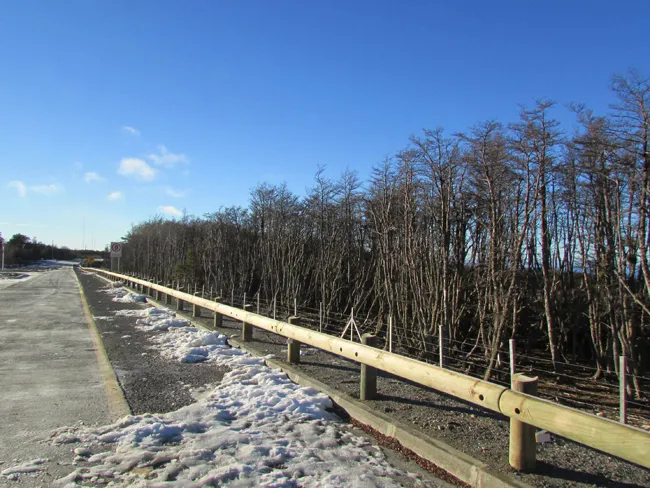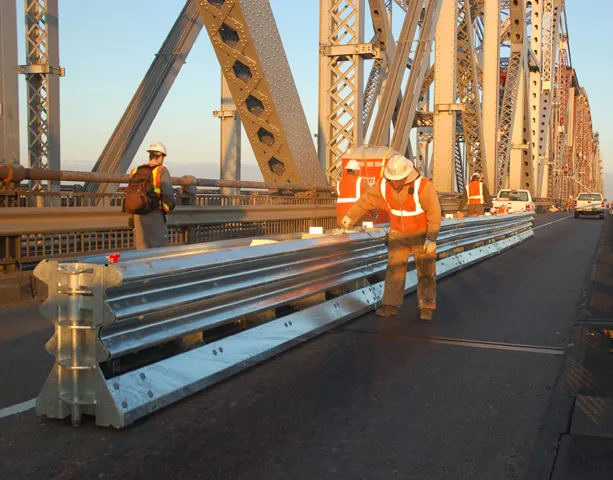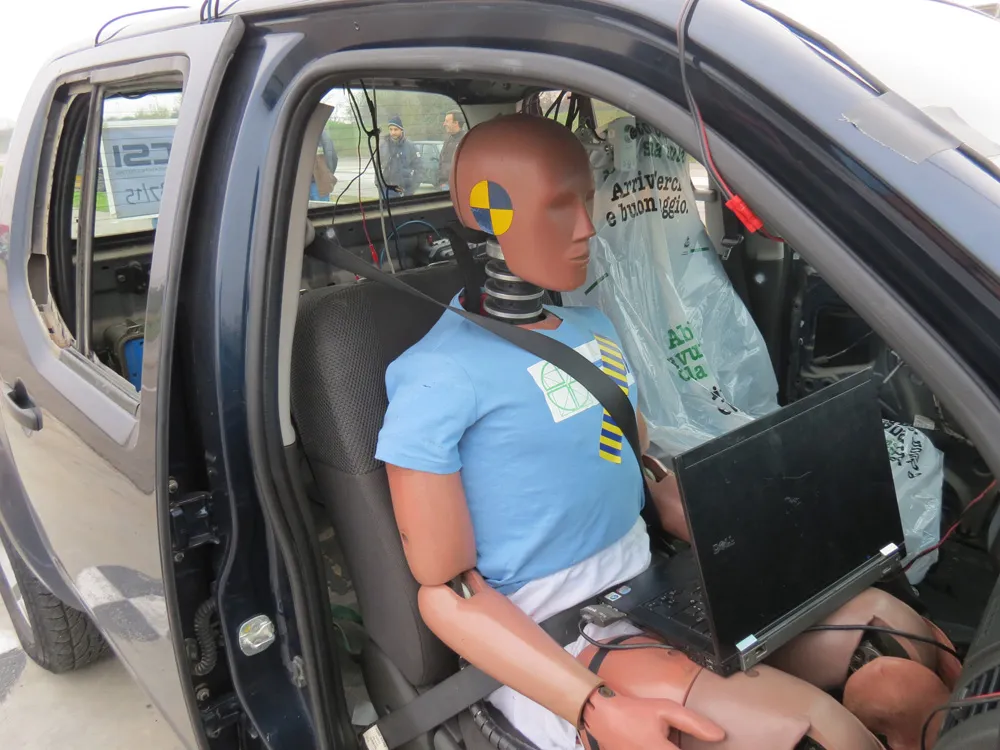
The Chilean Ministry of Public Works chose the
Apart from enhancing the natural beauty of many areas such as a ski resort, Tertu says that its barriers are environmentally-friendly. They contribute to reduce the impact of road infrastructure projects, since one cubic metre of wood can store one tonne of carbon dioxide.
Marketed in Chile by Tertu Chile - a subsidiary of Tertu - the steel-backed timber safety device installed at the Club Andino in Punta Arena is the classic T18. This model is one of the first wood-steel barrier designed by Tertu and makes up one of the 15 models now available.
Tertu T18 timber barriers are made from Douglas fir - also called Oregon Pine – a particularly resinous species known for strength and durability. France supplies 80% of the European Douglas fir, meaning that Tertu has easy access to this species, close to its Normandy-based production site.
Tertu has obtained the Programme for the Endorsement of Forest Certification to confirm that all its timber barrier components come from a sustainable French forest management plan.
Tertu wood-steel restraint systems are also easily renewable thanks to the Nova Vita service. In case of deterioration, or for maintaining the good-looking aspect of the wood after ageing, it is possible to change only the affected rails and replace them with brand new components without disassembling the entire system.
Tertu points out that, apart from this economic gain, the Nova Vita service is also ecological: Tertu will take back redundant wood components and ship them for recycling.









